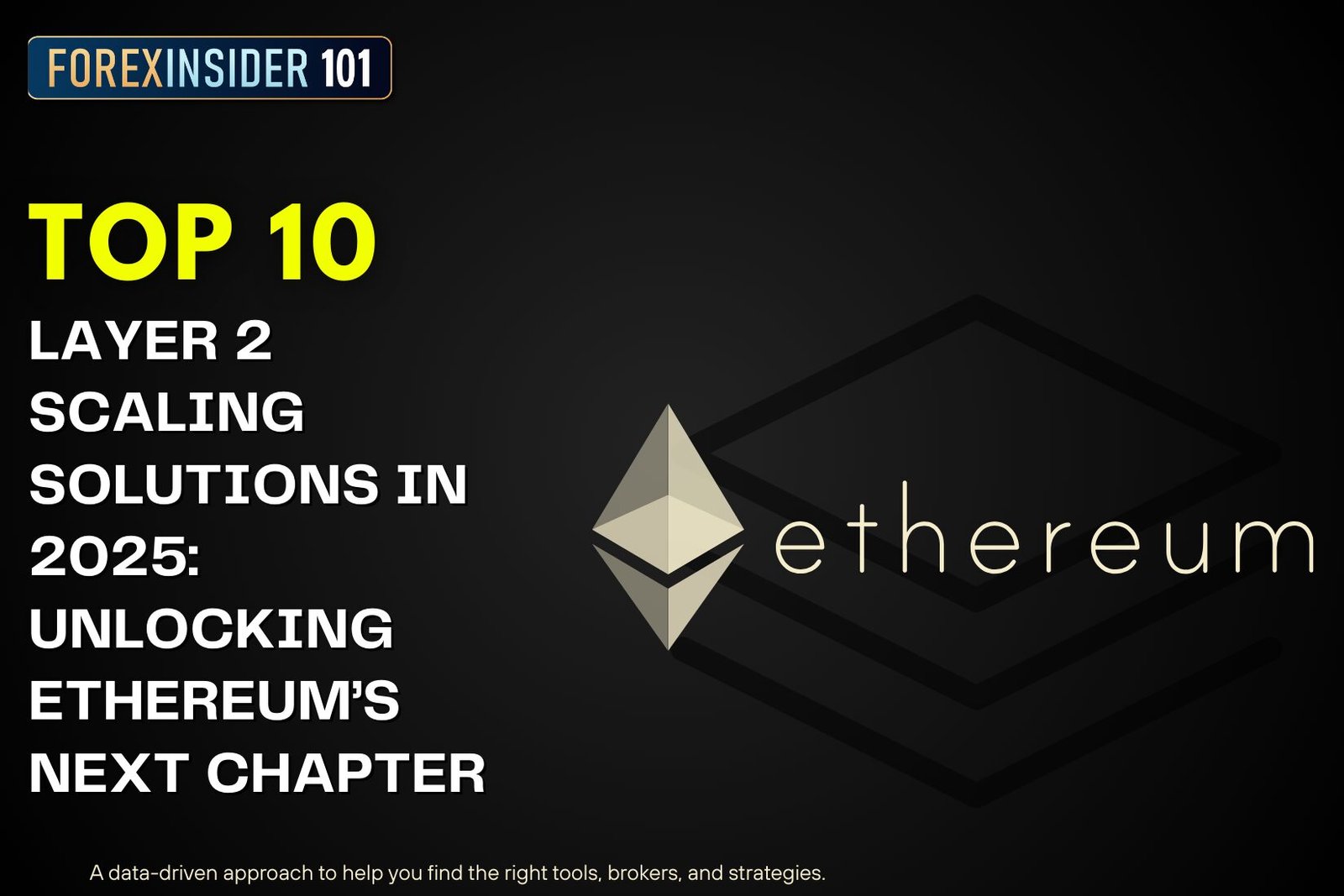Top 10 Layer 2 Scaling: Ethereum remains the backbone of Web3, powering decentralized finance, NFTs, and smart contract innovation. Yet, despite its success, the blockchain faces persistent scalability challenges. Gas fees often spike during high demand, transactions can be delayed, and throughput remains capped compared to global financial systems. These bottlenecks limit accessibility and prevent mainstream adoption.
The solution comes in the form of Layer 2 scaling technologies. By building on top of Ethereum, these solutions enable faster and cheaper transactions without compromising security. In 2025, they are no longer just experimental tools—they represent the infrastructure that will determine whether Ethereum can truly compete with traditional payment networks and power the next generation of decentralized applications.
1. Polygon (MATIC) – Top 10 Layer 2 Scaling
Polygon has evolved far beyond its early identity as an Ethereum sidechain. Today, it operates a sophisticated ecosystem of zkEVM rollups designed to scale Ethereum while maintaining full compatibility with its smart contracts. Polygon has been widely adopted in industries ranging from finance to gaming, with companies using it to lower costs while expanding user bases. Its partnerships with global corporations further cement its credibility as a leading scaling solution.
2025 Outlook: Polygon is expected to play a major role in enterprise and institutional blockchain strategies. As businesses look for scalable platforms with proven ecosystems, Polygon stands out as a versatile and reliable choice for both developers and enterprises.
2. Arbitrum (ARB)
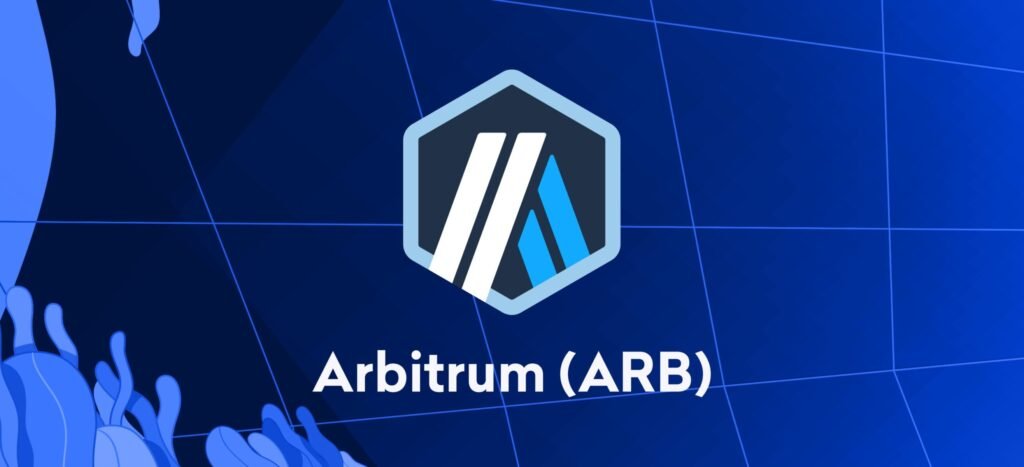
Source: Kraken
Arbitrum has become synonymous with Optimistic Rollups, carving out a leadership position in Ethereum scaling. With one of the largest Total Value Locked (TVL) figures among all L2 solutions, it has become a central hub for decentralized finance. Developers prefer Arbitrum because of its smooth compatibility with Ethereum, while users appreciate its lower fees compared to the mainnet.
2025 Outlook: Arbitrum’s ecosystem shows no signs of slowing down. Its dominance in DeFi makes it likely to remain a top choice for liquidity protocols and trading platforms, keeping it at the forefront of Ethereum’s growth.
3. Optimism (OP)

Source: Coin Central
Optimism shares the Optimistic Rollup space with Arbitrum but distinguishes itself with its OP Stack, a modular framework that allows other projects to build their own rollups. This approach expands Optimism’s reach beyond its own network, creating a network of interconnected scaling solutions tied together by shared infrastructure.
2025 Outlook: Optimism is poised to lead in areas of governance and cross-chain collaboration. By fostering cooperation between ecosystems, Optimism may become one of the most influential L2 solutions for developers seeking modular and future-ready infrastructure.
4. zkSync Era

Source: Third Web
zkSync has taken a different path, focusing on ZK-Rollups. Unlike Optimistic Rollups, ZK-Rollups provide near-instant confirmation and minimal transaction costs, which appeals to both developers and end users. zkSync Era has gained traction for its developer-friendly tools and ability to handle NFTs and micropayments efficiently.
2025 Outlook: With NFTs and payment networks becoming more mainstream, zkSync’s technology is well-positioned to capture adoption in areas where speed and low costs matter most. Its role in bridging blockchain with everyday financial use cases will be significant in the coming years.
5. StarkNet
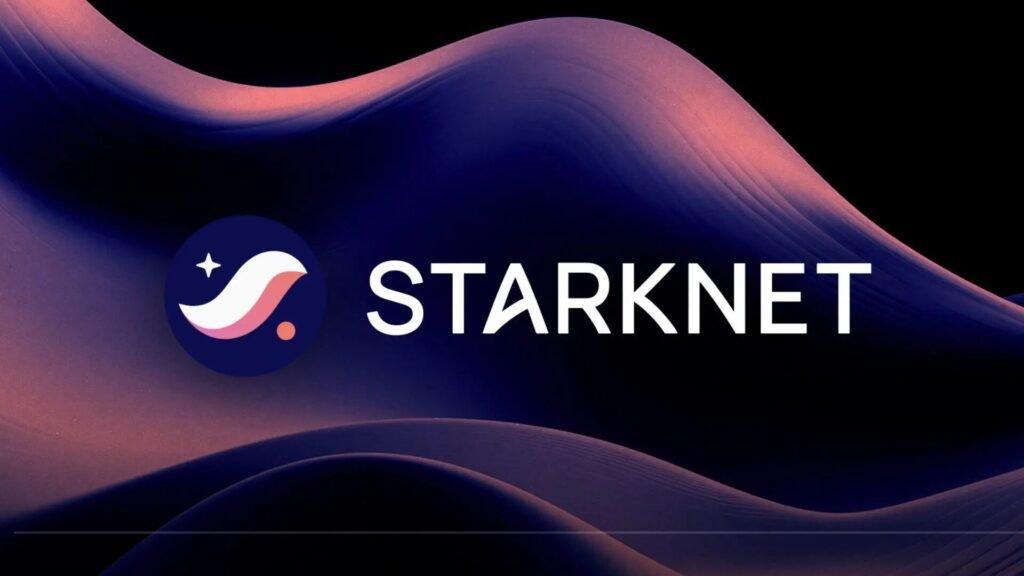
Source: The Block
StarkNet stands apart with its use of STARK proofs, a highly scalable and secure form of zero-knowledge cryptography. Its infrastructure is designed to handle complex applications while keeping costs low. Developers appreciate StarkNet’s composability, which allows multiple applications to interact seamlessly without compromising security.
2025 Outlook: Institutions looking for robust, secure, and scalable platforms are expected to gravitate toward StarkNet. Its potential to power enterprise-grade blockchain solutions could make it one of the most influential players in the Layer 2 space.
6. Base (by Coinbase)

Source: Cryptostate
Base is Coinbase’s contribution to Ethereum scaling, built on the Optimism OP Stack. Its most powerful feature is accessibility—by leveraging Coinbase’s massive user base, Base serves as a direct entry point into the Ethereum ecosystem for retail investors. This makes it a natural bridge for onboarding millions of new users into DeFi, NFTs, and other Web3 applications.
2025 Outlook: Base is likely to become a gateway for mainstream adoption, appealing to both crypto newcomers and developers seeking access to Coinbase’s vast ecosystem. Its role in connecting traditional finance with decentralized systems could be transformative.
7. Immutable X
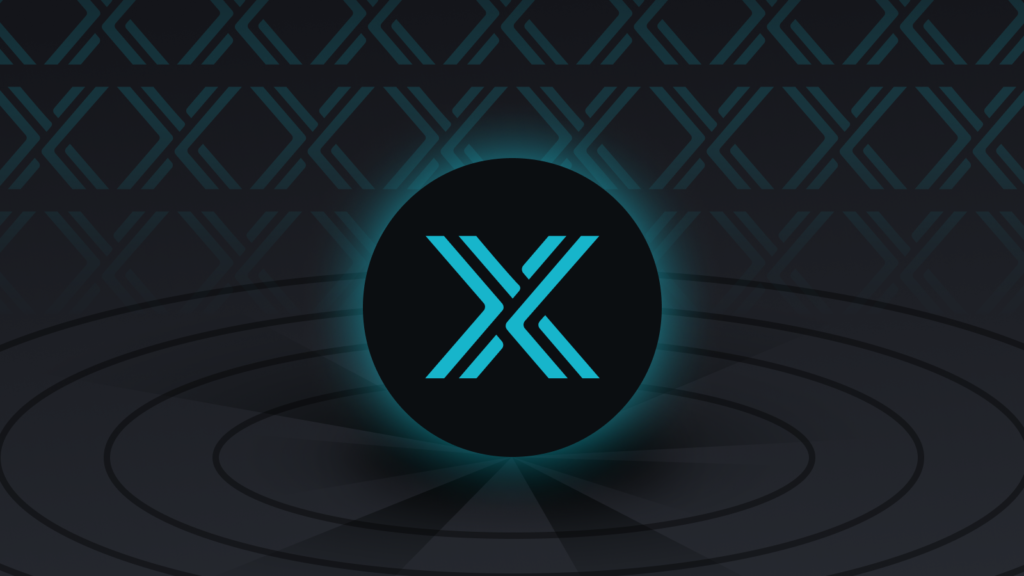
Source: Binance Academy
Immutable X has carved out a niche as the go-to Layer 2 solution for gaming and NFTs. It offers zero gas fees for minting and trading, making it particularly attractive for game developers and digital artists. Major gaming partnerships have solidified its role as a backbone for Web3 entertainment, where scalability and cost efficiency are essential for mass adoption.
2025 Outlook: Immutable X is expected to dominate the Web3 gaming sector, bridging blockchain with mainstream gaming in a way that feels seamless for both developers and players.
8. Loopring
Loopring specializes in building efficient decentralized exchanges using zkRollup technology. Its infrastructure supports secure, high-speed trading while reducing transaction costs compared to Ethereum’s base layer. Loopring may not have the same breadth of adoption as other L2 solutions, but its focus on trading efficiency makes it a valuable player in the DeFi ecosystem.
2025 Outlook: Loopring is likely to thrive in specialized financial markets, particularly in decentralized exchanges and payment solutions where speed and cost-effectiveness are critical.
9. Celer Network
Celer takes a multi-chain approach, focusing on interoperability and cross-chain communication. Beyond Ethereum, it enables applications to function across multiple blockchains, making it attractive for developers building dApps that require multi-chain access. Its infrastructure also supports gaming, payments, and other high-demand applications.
2025 Outlook: As the demand for omnichain DeFi ecosystems grows, Celer’s cross-chain messaging solutions will become increasingly important for building interconnected blockchain economies.
10. Metis Andromeda – Top 10 Layer 2 Scaling
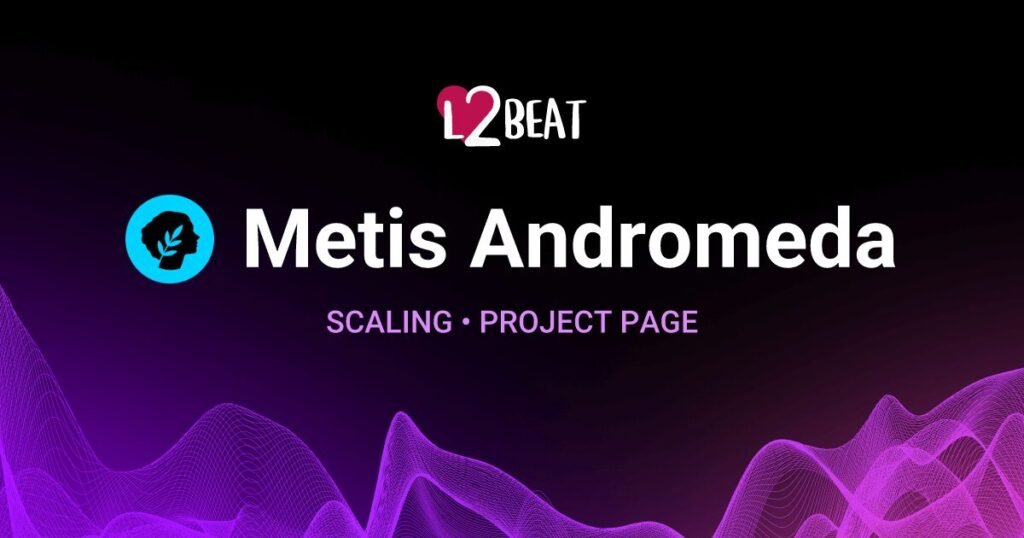
Source: L2beat
Metis provides a decentralized version of Optimistic Rollups with a strong emphasis on DAO-friendly infrastructure. Its model empowers communities to build and govern their own ecosystems, aligning with Web3’s principles of decentralization and shared ownership. Developers are drawn to Metis for its scalability, while communities value its governance-first approach.
2025 Outlook: Metis is well-positioned to expand in Web3 governance and decentralized infrastructure, creating a fertile ground for DAO-led innovation.
Top 10 Layer 2 Scaling : Comparative Landscape
| L2 Solution | Technology | Distinct Strength | 2025 Focus |
|---|---|---|---|
| Polygon | zkEVM / Sidechain | Enterprise adoption | Business-grade scaling |
| Arbitrum | Optimistic Rollup | DeFi dominance | Liquidity + trading |
| Optimism | Optimistic Rollup | OP Stack ecosystem | Governance & networks |
| zkSync Era | ZK-Rollup | Fast, low-cost | NFTs + payments |
| StarkNet | ZK-Rollup (STARK) | Security, composability | Institutional use |
| Base (Coinbase) | OP Stack | Retail onboarding | Mainstream adoption |
| Immutable X | ZK-Rollup | Gas-free NFTs | Web3 gaming |
| Loopring | ZK-Rollup | DEX trading focus | Specialized DeFi |
| Celer Network | Multi-chain infra | Cross-chain messaging | Omnichain DeFi |
| Metis Andromeda | Optimistic Rollup | DAO-first model | Governance ecosystems |
Top 10 Layer 2 Scaling : Adoption Trends Defining 2025
The Layer 2 landscape reflects broader blockchain adoption patterns. Institutions are exploring L2s for cost-effective, secure transactions, while retail investors are entering via user-friendly platforms like Base. Developers continue to gravitate toward zkRollups for performance and toward Optimistic Rollups for ecosystem growth. Meanwhile, gaming and NFT sectors are finding dedicated scaling solutions like Immutable X indispensable.
Top 10 Layer 2 Scaling : Key Challenges Ahead
The journey isn’t without obstacles. Security remains a pressing issue, with bridge exploits and contract vulnerabilities threatening adoption. Ethereum’s own upgrades, such as EIP-4844 and Danksharding, may change the role of L2 solutions in unexpected ways. Finally, regulatory uncertainty casts a shadow, as governments grapple with how to classify and oversee these scaling networks.
Conclusion: Layer 2 as Ethereum’s Lifeline
By 2025, the Top 10 Layer 2 Scaling solutions have become essential pillars of the Ethereum ecosystem. From Polygon’s enterprise focus to Immutable X’s gaming dominance, each project highlights a different pathway toward solving blockchain’s scalability puzzle.
For investors, developers, and enterprises alike, the message is clear: Layer 2 is no longer optional. It is the lifeline that will allow Ethereum to expand, innovate, and reach mainstream adoption.

